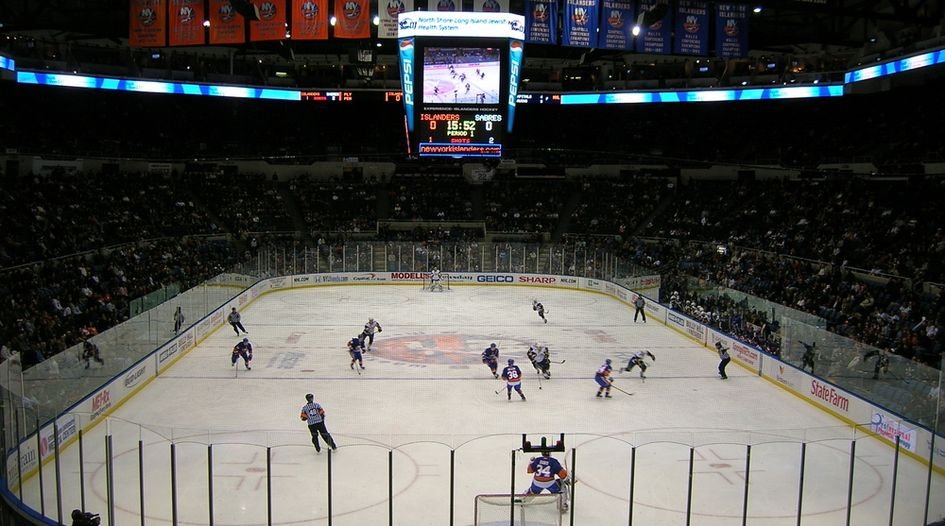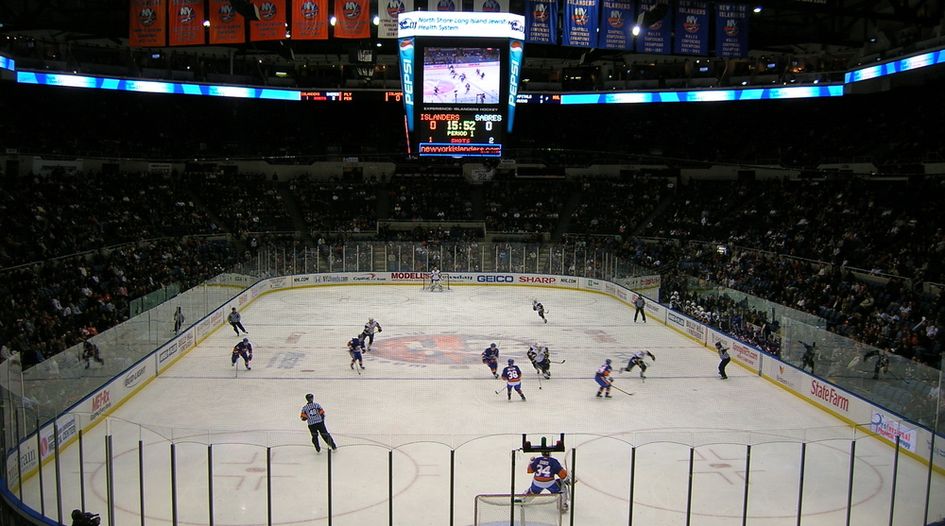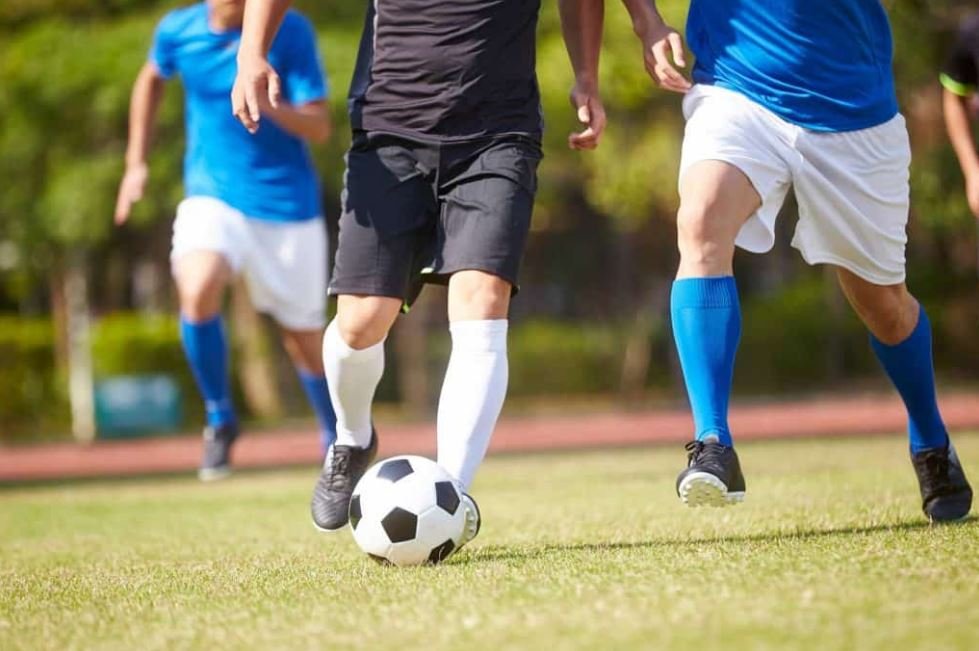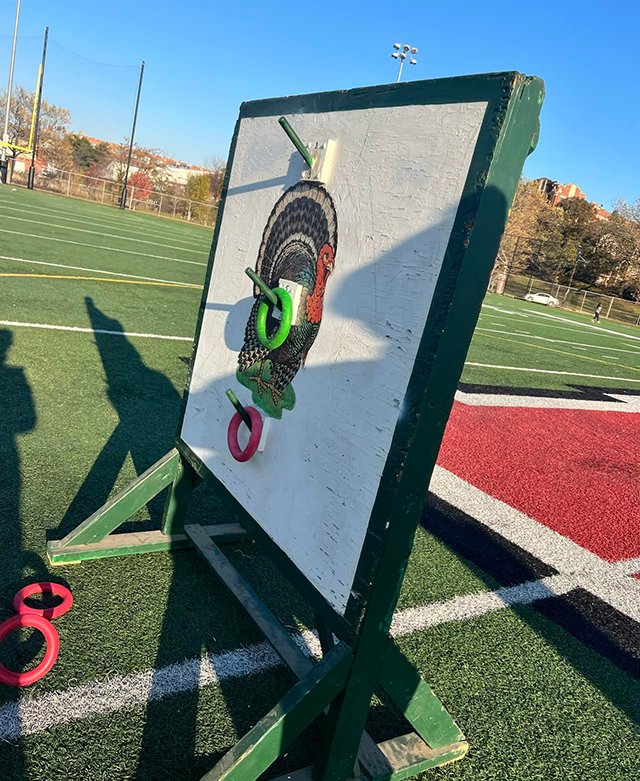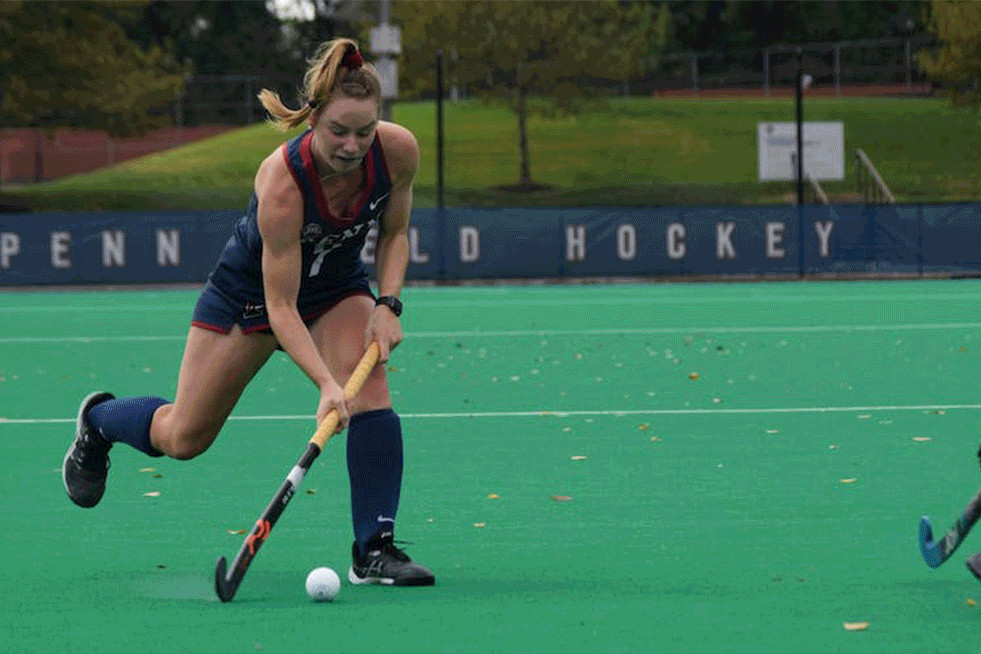As a passionate field hockey player, I’ve always been fascinated by the strategic elements that can give a team the upper hand. One such tactic is poaching, a skill that can turn the tide of a game when executed correctly.
If you’re looking to enhance your gameplay, understanding how to poach in field hockey is essential. In this article, we’ll delve into the basics of poaching, key techniques, drills for improvement, and strategies to poach effectively during a game.
Understanding the basics of poaching in field hockey
What is poaching?
Poaching in field hockey refers to the act of intercepting or stealing the ball from an opponent, often by moving out of one’s usual position. It’s a proactive defensive play that involves reading the game and taking a calculated risk to gain possession.
Why is poaching important in field hockey?
Poaching is crucial because it can disrupt the opponent’s attack, create counter-attacking opportunities, and shift the momentum in your team’s favor. It’s a skill that requires not only physical agility but also sharp mental acuity.
Key techniques for successful poaching

Positioning on the field
To poach effectively, you need to position yourself optimally. This means staying close enough to your mark to challenge them but also being in a spot where you can intercept passes or jump into passing lanes quickly.
Timing and anticipation
Timing is everything in poaching. Anticipate where the ball is going and make your move decisively. Hesitation can lead to missed opportunities or defensive breakdowns.
Communication with teammates
Good communication is the backbone of successful poaching. Let your teammates know your intentions so they can cover for you or be ready to support the counter-attack.
Drills to improve poaching skills

Passing and receiving drills
To sharpen your interception skills, practice passing and receiving drills that mimic game situations. Focus on quick touches and rapid changes in direction to simulate poaching scenarios.
Game simulation drills
Engage in drills that replicate the pressure and decision-making required during a game. Small-sided games with specific poaching objectives can be particularly beneficial.
Strategies for effective poaching during a game
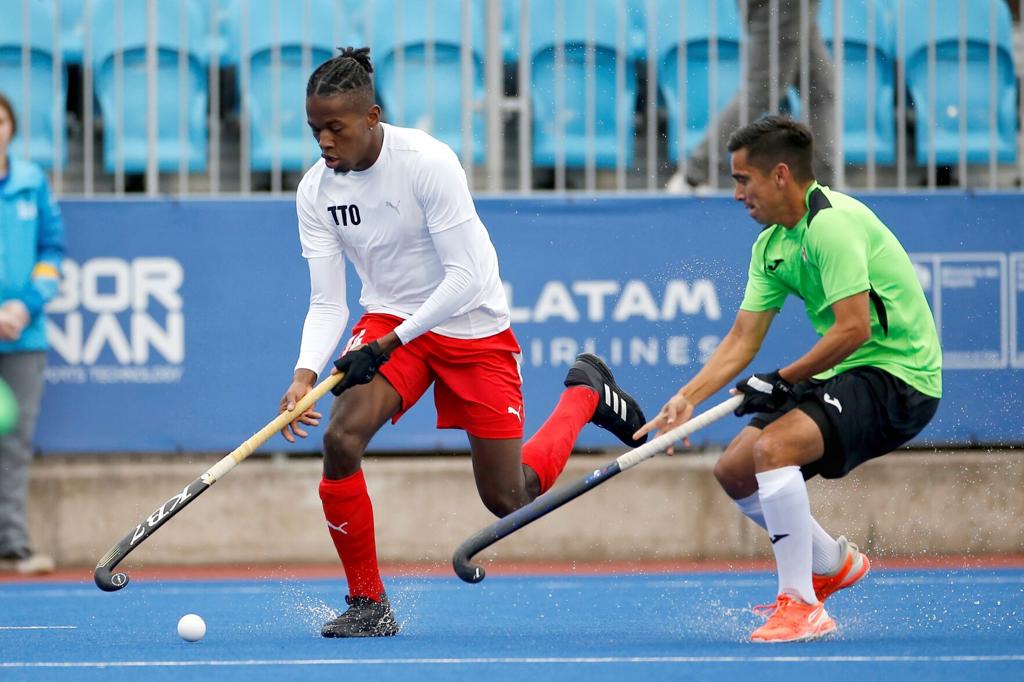
Creating space and opportunities
When you poach, you’re not just taking the ball; you’re also creating space for your team to exploit. Use your body positioning to open up passing lanes or draw defenders away from key areas.
Reading the opponent’s defense
A successful poach often comes from reading the opponent’s defense and predicting their moves. Pay attention to their patterns and be ready to jump in when you see a weakness.
Conclusion
Poaching in field hockey is a dynamic and impactful skill that can significantly influence the outcome of a game. By mastering the techniques of positioning, timing, and communication, and by practicing through targeted drills, you can become a formidable presence on the field.
Remember, the key to successful poaching is a blend of physical prowess and strategic thinking. So, lace up your cleats, hit the field, and start turning those interceptions into game-changing moments.
Incorporating a comparison table or bullet points wasn’t necessary for this article, as the content flows naturally without the need for these elements. However, should you wish to include additional resources or comparisons in the future, these can be formatted accordingly to enhance the reader’s experience.
